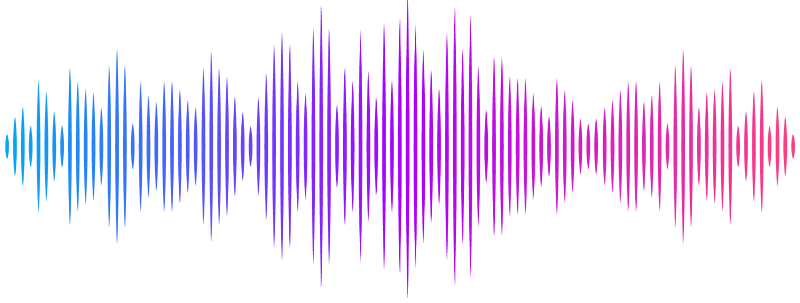Timing analysis of the black-hole candidate Swift J1727.8-1613: detection of a dip-like feature in the high-energy cross spectrum

Timing analysis of the black-hole candidate Swift J1727.8-1613: detection of a dip-like feature in the high-energy cross spectrum
Pei Jin, Mariano Méndez, Federico García, Diego Altamirano, Guobao Zhang, Sandeep K. Rout
AbstractWe present a timing analysis of observations with the Hard X-ray Modulation Telescope of the black hole X-ray transient Swift J1727.8-1613 during its 2023 outburst. We detect, for the first time in a black hole X-ray binary, a prominent dip at ~ 3-15 Hz in the real part of the cross spectrum between high-energy (>25 keV) and low-energy (<10 keV) photons in the Low Hard and Hard Intermediate States, during which the QPO frequency rapidly increases and then stabilizes at ~ 1.0-1.5 Hz. Remarkably, the real part of the cross spectrum reaches negative values at the frequencies around the minimum of the dip, indicative of a phase lag ranging between ${\pi}/2$ and ${\pi}$ in this frequency range. We fit the power spectra and the real and imaginary parts of the cross spectra simultaneously using a multi-Lorentzian model. Among the lag models, the Gaussian phase-lag model provides a slightly better reduced ${\chi}^2$ than the constant phase-lag and constant time-lag models, while it also alleviates the degeneracy associated with those models. From the parameters of the Lorentzian that fits the dip, we estimate the size of the accretion flow, which consistently exceeds 10,000 km as the QPO frequency increases from 0.13 Hz to 2.0 Hz. Furthermore, both the energy-dependent phase-lag and fractional-rms spectra of the dip exhibit a change in trend around 15 keV, with the phase lag dropping and rms reaching a local minimum. These spectra closely resemble the shapes predicted by the time-dependent Comptonization model, vKompth, for a low feedback factor, offering a pathway to explain the radiative properties of the corona. Additionally, the coherence function suggests a diversity of variability components, potentially arising from different parts of the corona.